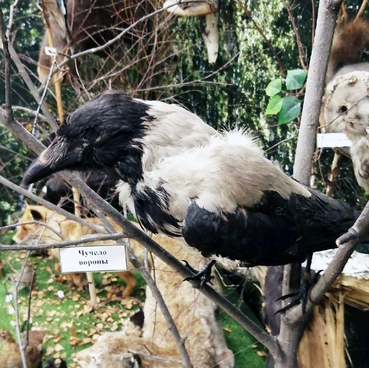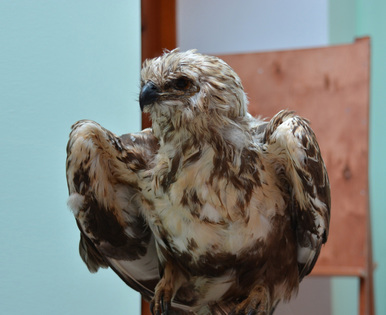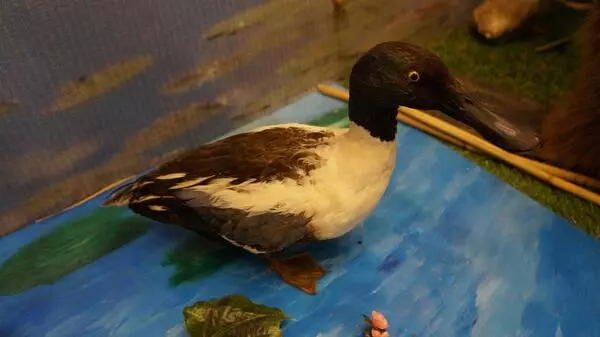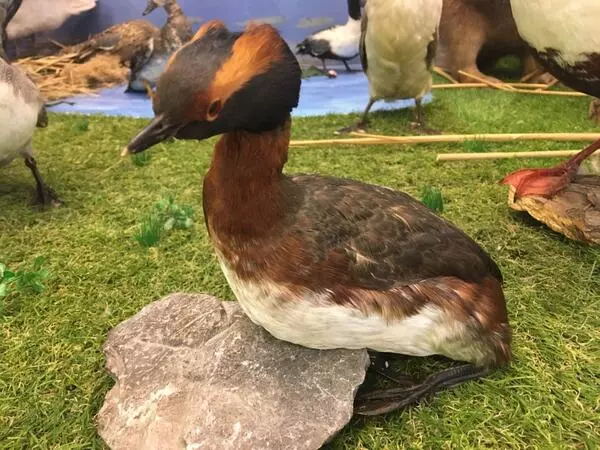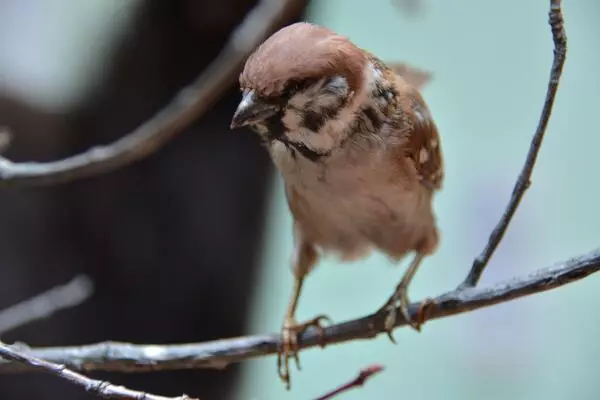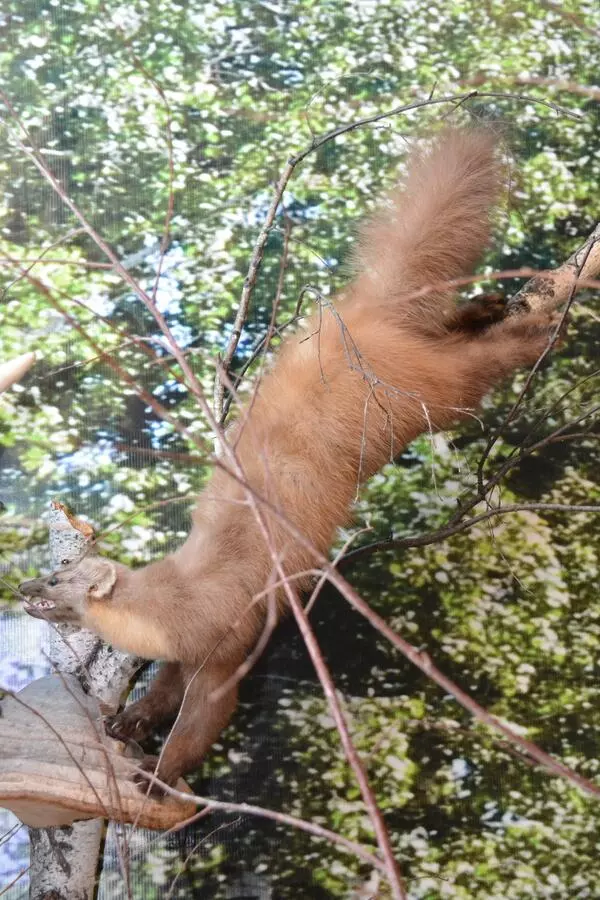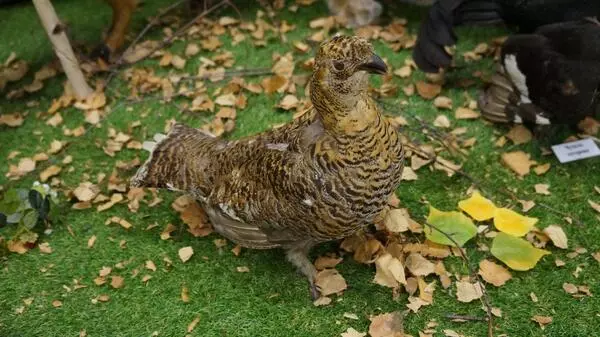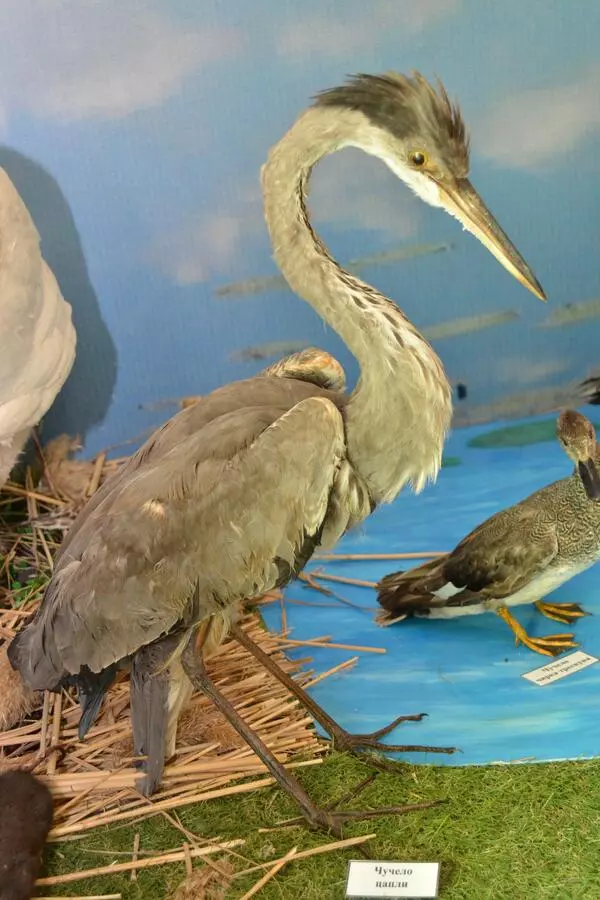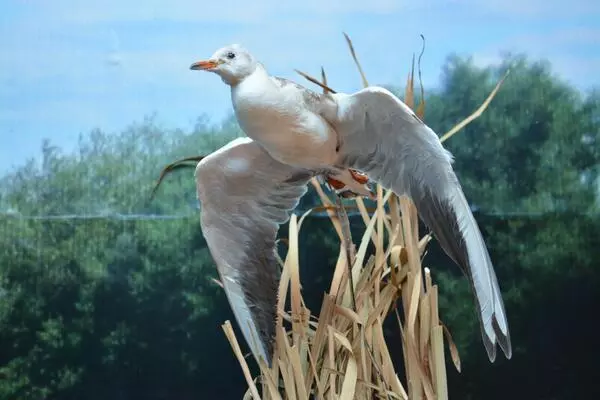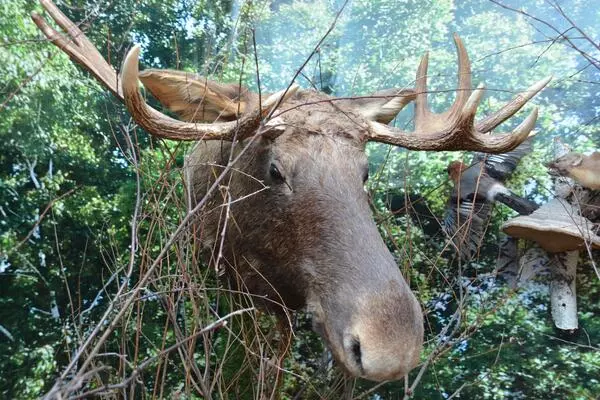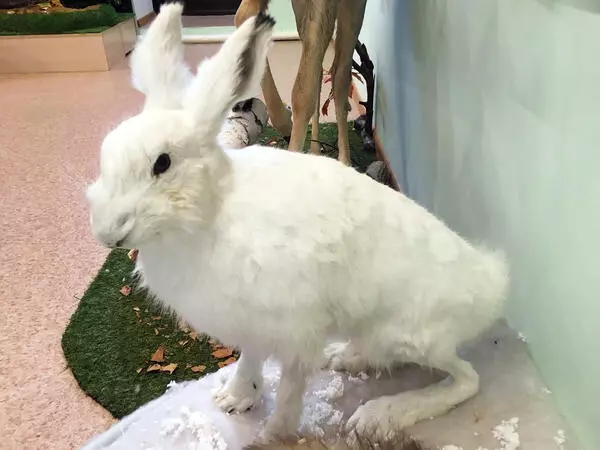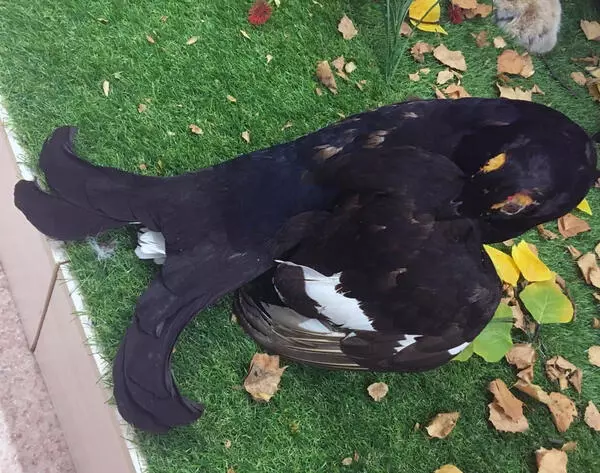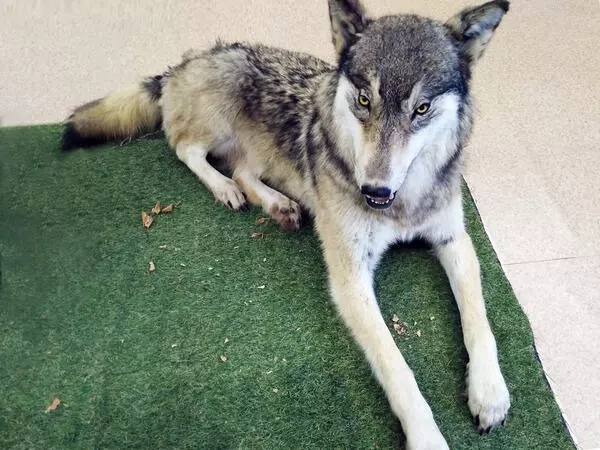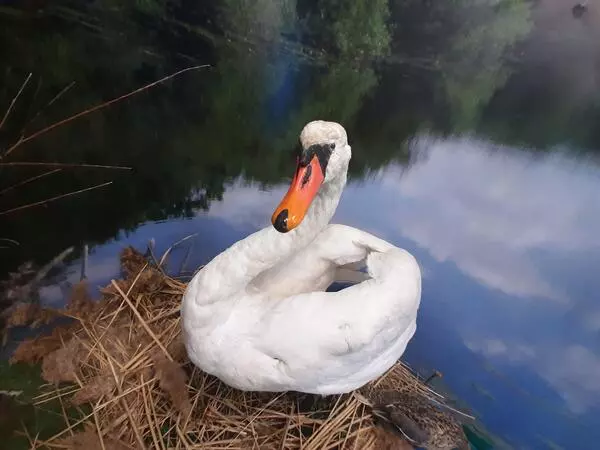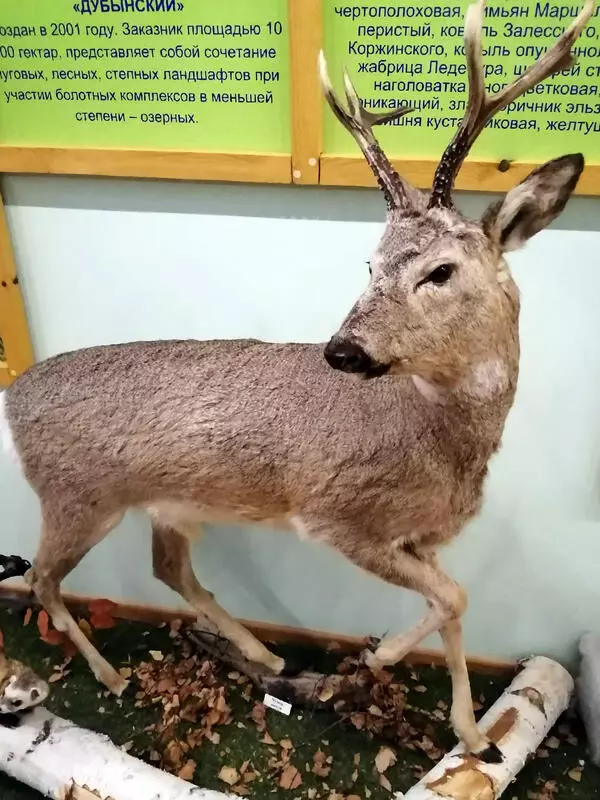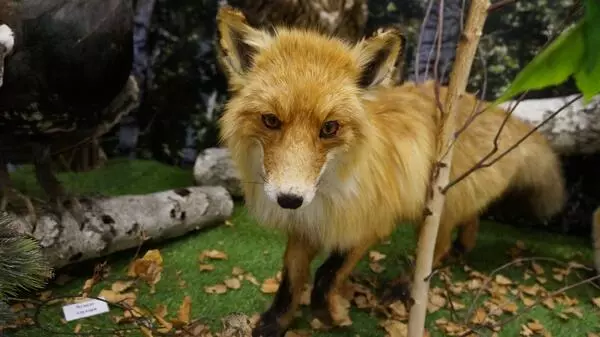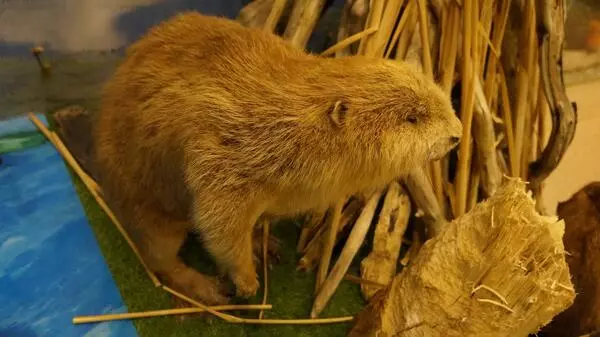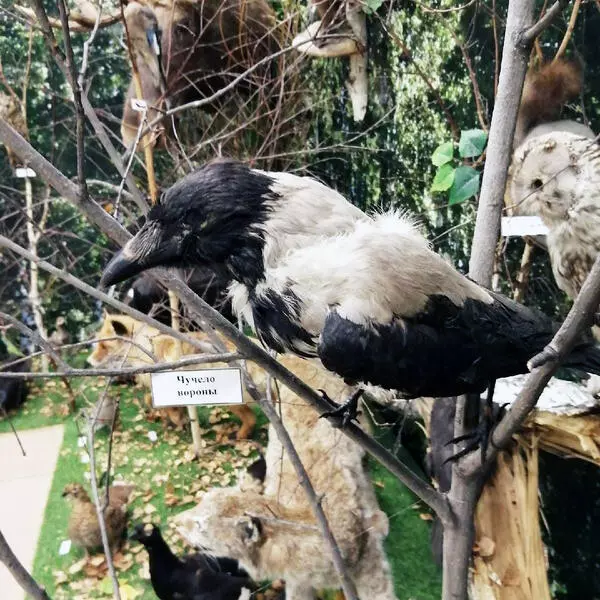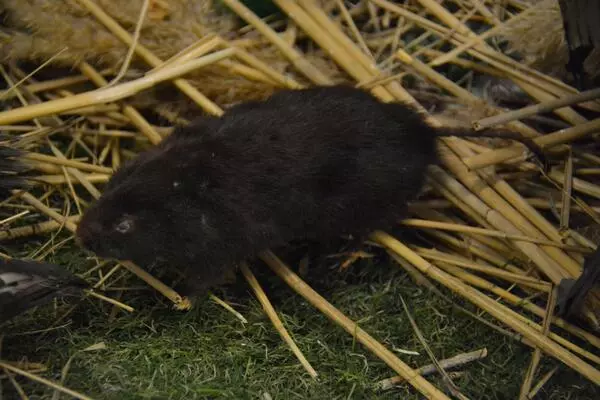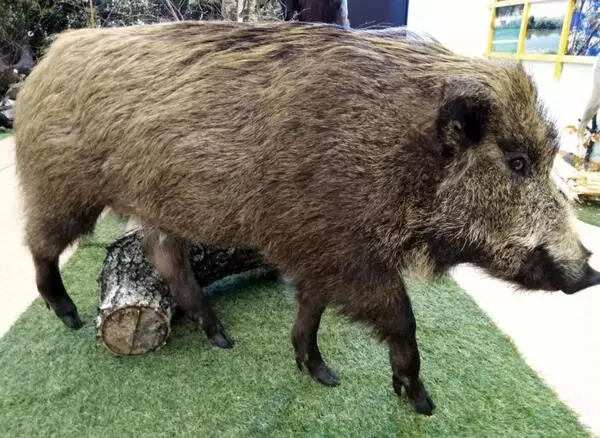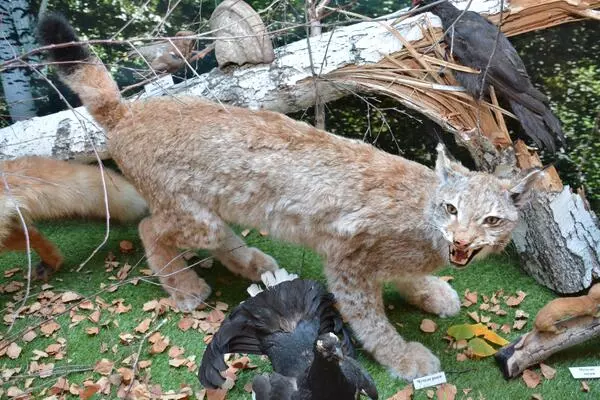The marmot is a small rodent from the Sciuridae /’skjurəˌdē/ family. The body length of an adult marmot reaches 40 centimeters, while its average weight measures up to 500 grams or a kilo and a half in some marmot species. The color of its back coat can be very different—from green to purple. Frequently, the back has dark and pale mottlings, dark bands, and small spots.
The marmot’s head is small and a bit elongated. Covered with down, its ears seem a little underdeveloped. The eyes are small but have an enlarged tear gland that gives of liquid in large quantities to rinse dust and dirt from the marmot’s eyes. The marmot has a special teeth structure, which allows it to dig long tunnels without swallowing much soil in the process. Some species have a well-developed cheek pouch that can contain a significant amount of food the marmot can later put to store in its burrow. Some marmot species do not store food.
The marmot inhabits grasslands and mixed woodlands in temperate latitudes of the Northern Hemisphere. Marmots live in colonies and reside in burrows the dig themselves. In the fields, one can identify the marmot by its whistling. The marmot stands on its hind feet and lets out intense squeaks that sound like whistling. Marmots whistle and squeak one by one at different sides. The sound is a kind of language that marmots use to share vital information.
With its eyesight poor by nature, the marmot finds its way in its tunnel burrows using its sensitive tail. The tail also protects the animal from the sun like an umbrella and serves as a warm blanket in winter.
The marmot feeds on all parts of plants and always remain near the burrow. The animal stores food—seeds and grains—in considerable amounts. It is active in the morning and evening, preferring to remain in the burrow during the day. The marmot hibernates in the cold period of the year. The duration of its sleep depends on the geographic location.
Many marmot species are a pest for grain cultures and transmit agents of plague, rabbit fever, and undulant fever. Fossil marmots are found from the Miocene.
The marmot’s head is small and a bit elongated. Covered with down, its ears seem a little underdeveloped. The eyes are small but have an enlarged tear gland that gives of liquid in large quantities to rinse dust and dirt from the marmot’s eyes. The marmot has a special teeth structure, which allows it to dig long tunnels without swallowing much soil in the process. Some species have a well-developed cheek pouch that can contain a significant amount of food the marmot can later put to store in its burrow. Some marmot species do not store food.
The marmot inhabits grasslands and mixed woodlands in temperate latitudes of the Northern Hemisphere. Marmots live in colonies and reside in burrows the dig themselves. In the fields, one can identify the marmot by its whistling. The marmot stands on its hind feet and lets out intense squeaks that sound like whistling. Marmots whistle and squeak one by one at different sides. The sound is a kind of language that marmots use to share vital information.
With its eyesight poor by nature, the marmot finds its way in its tunnel burrows using its sensitive tail. The tail also protects the animal from the sun like an umbrella and serves as a warm blanket in winter.
The marmot feeds on all parts of plants and always remain near the burrow. The animal stores food—seeds and grains—in considerable amounts. It is active in the morning and evening, preferring to remain in the burrow during the day. The marmot hibernates in the cold period of the year. The duration of its sleep depends on the geographic location.
Many marmot species are a pest for grain cultures and transmit agents of plague, rabbit fever, and undulant fever. Fossil marmots are found from the Miocene.
